HDPE Geomembrane
Geomembranes are thin, flexible sheets of material that are used in containment engineering to prevent the seepage or contamination of liquids and gases. High-density polyethylene (HDPE) geomembrane is one of the most commonly used geomembrane materials due to its superior chemical resistance, durability, and flexibility. In this blog post, we will provide an introduction to HDPE geomembrane, its advantages, and various applications where it can be used.
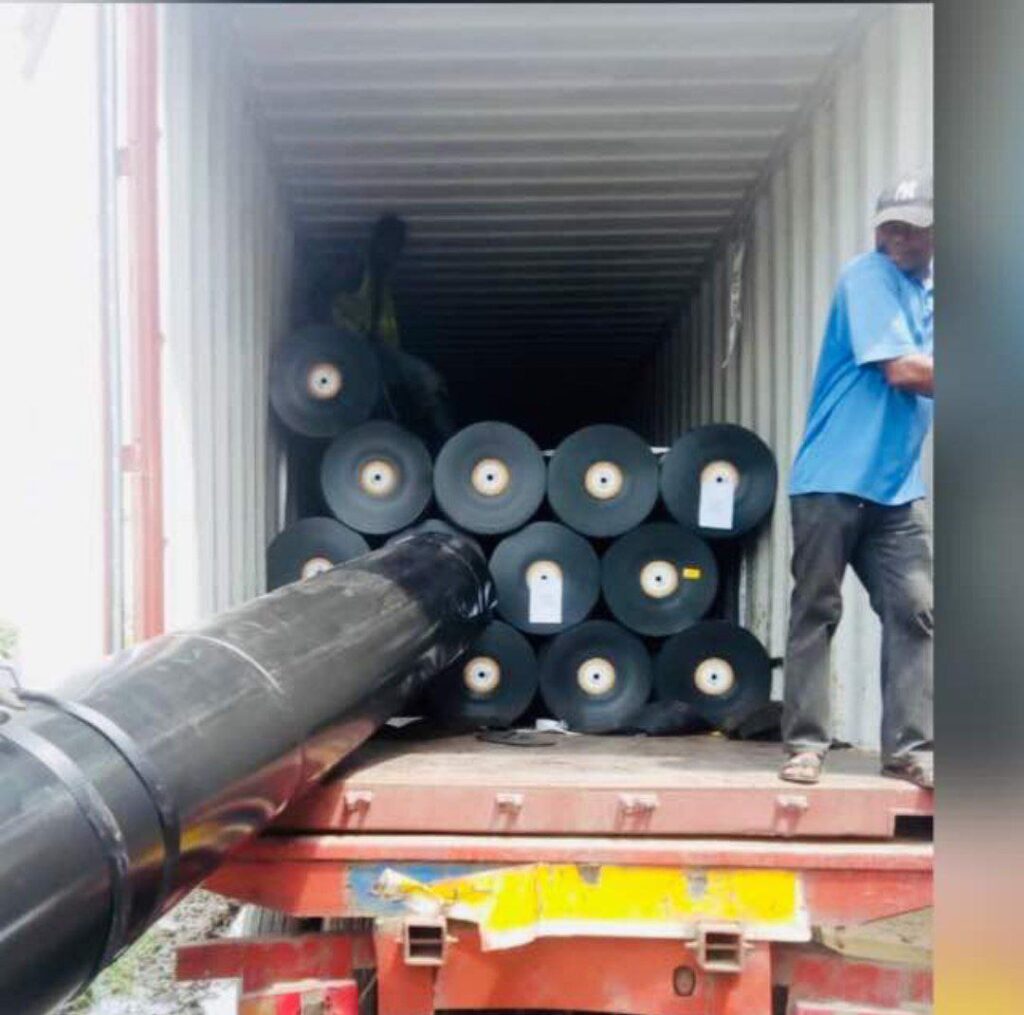
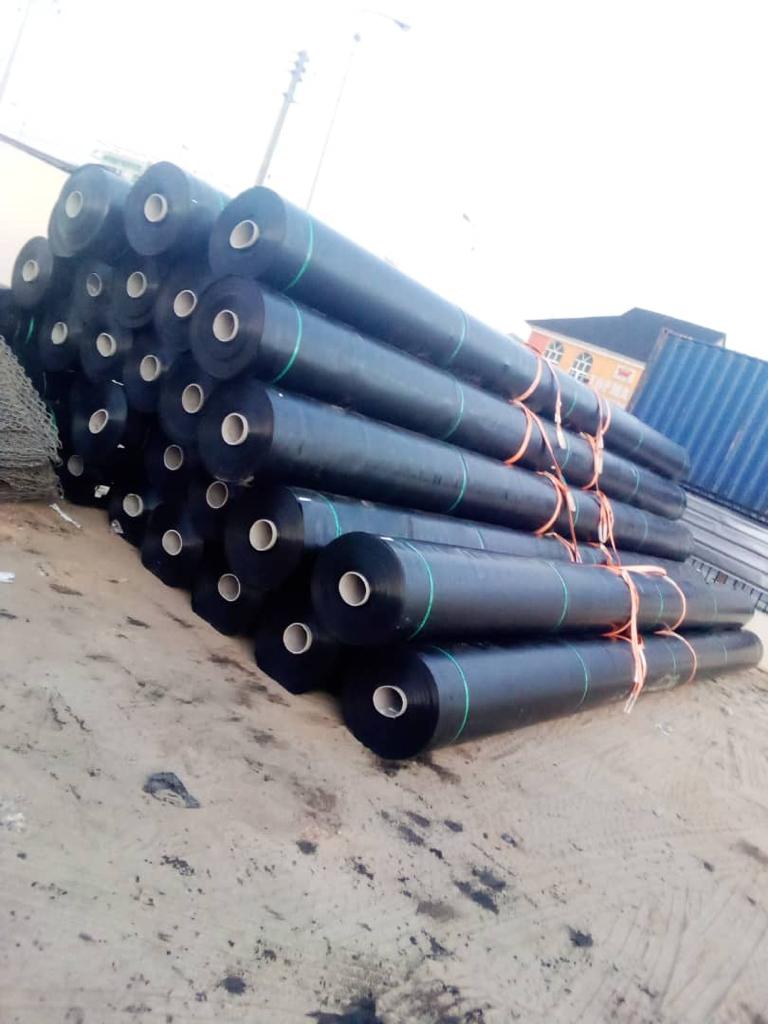
Introduction to HDPE Geomembrane
HDPE geomembrane is made from high-density polyethylene resin, which is a thermoplastic polymer known for its excellent chemical and weathering resistance. HDPE geomembrane is manufactured by a process called extrusion, where molten HDPE resin is forced through a die and then cooled to form a thin, flexible sheet.
Advantages of HDPE Geomembrane
HDPE geomembrane offers several advantages over other types of geomembranes. Some of these advantages include:
Chemical Resistance: HDPE geomembranes have excellent chemical resistance and are able to withstand exposure to a wide range of chemicals and acids.
Durability: HDPE geomembranes are highly durable and have a long lifespan. They are resistant to punctures, tears, and UV radiation.
Flexibility: HDPE geomembranes are flexible and can conform to the contours of the underlying surface, making them ideal for use in uneven terrain.
Weldability: HDPE geomembranes can be easily welded together using hot air or extrusion welding techniques, making it possible to create large, seamless containment systems.
Applications of HDPE Geomembrane
HDPE geomembrane is commonly used in a wide range of containment applications, including:
Landfills: HDPE geomembranes are used as a primary barrier in landfills to prevent the leaching of contaminants into the surrounding soil and groundwater.
Mining: HDPE geomembranes are used in mining applications to prevent the seepage of chemicals and other contaminants from tailings ponds.
Water Storage: HDPE geomembranes are used in the construction of water storage facilities, such as reservoirs and ponds.
Agriculture: HDPE geomembranes are used in agricultural applications to line irrigation canals and prevent water loss due to seepage.
Industrial Applications: HDPE geomembranes are used in various industrial applications, such as lining secondary containment systems for hazardous materials.
Installation of HDPE Geomembrane
The installation of HDPE geomembrane requires specialized knowledge and expertise to ensure a proper installation that will prevent seepage and contamination. It is important to choose an experienced and qualified installer to ensure that the installation is completed correctly.
During the installation process, the geomembrane is laid out on a prepared surface and anchored in place using weights or soil anchors. The edges of the geomembrane are then welded together using a hot air or extrusion welding technique to create a continuous barrier.

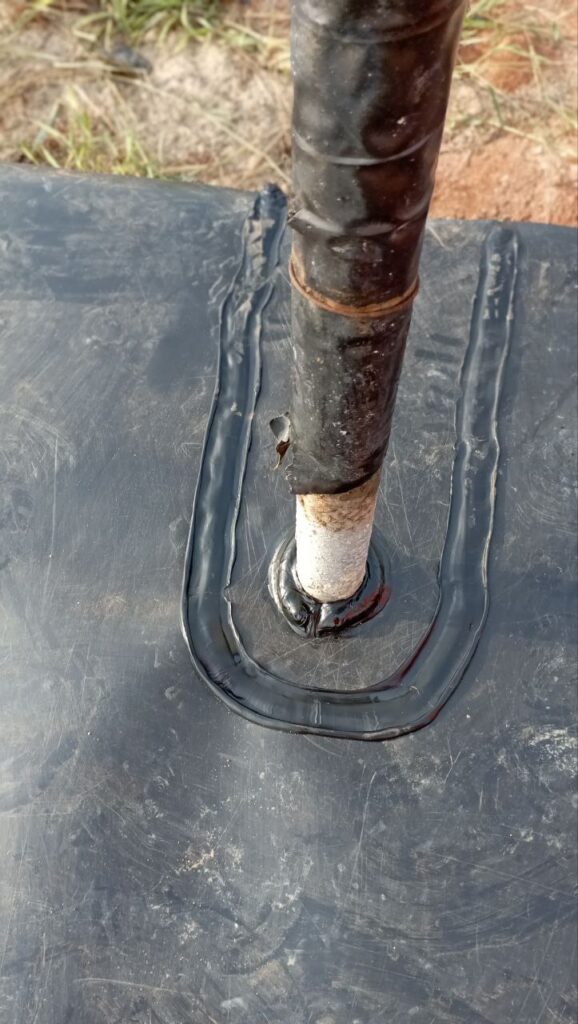
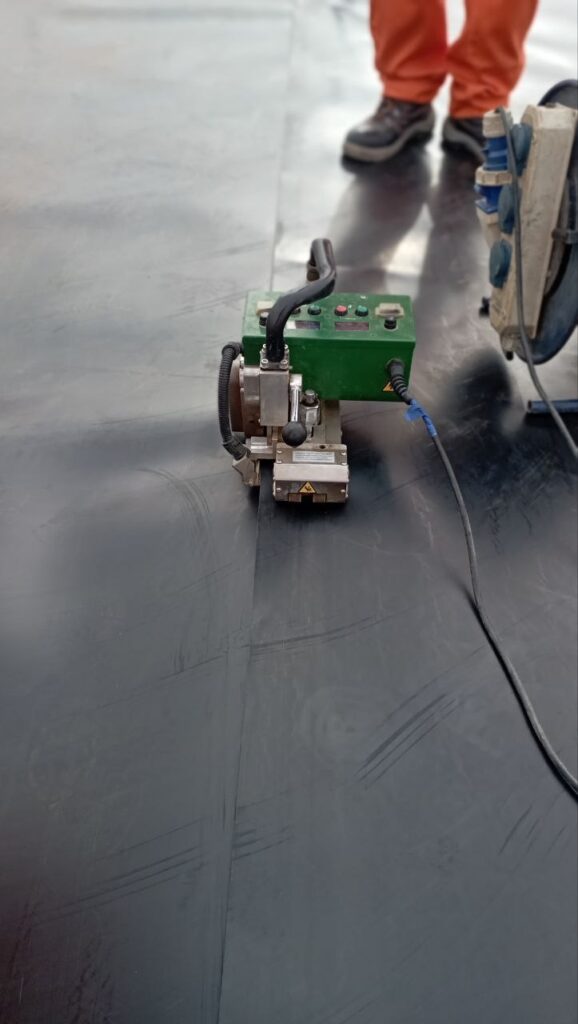
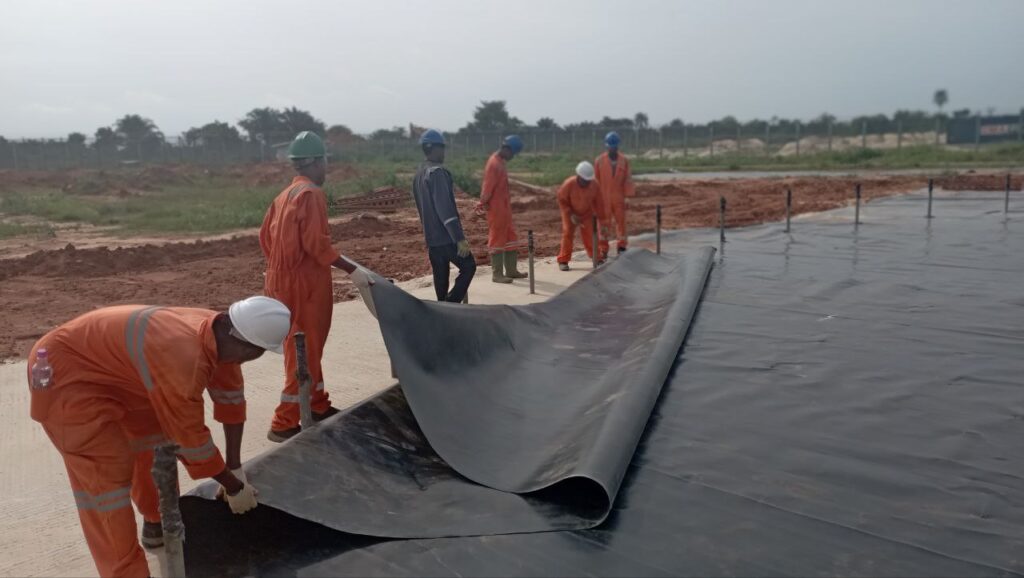

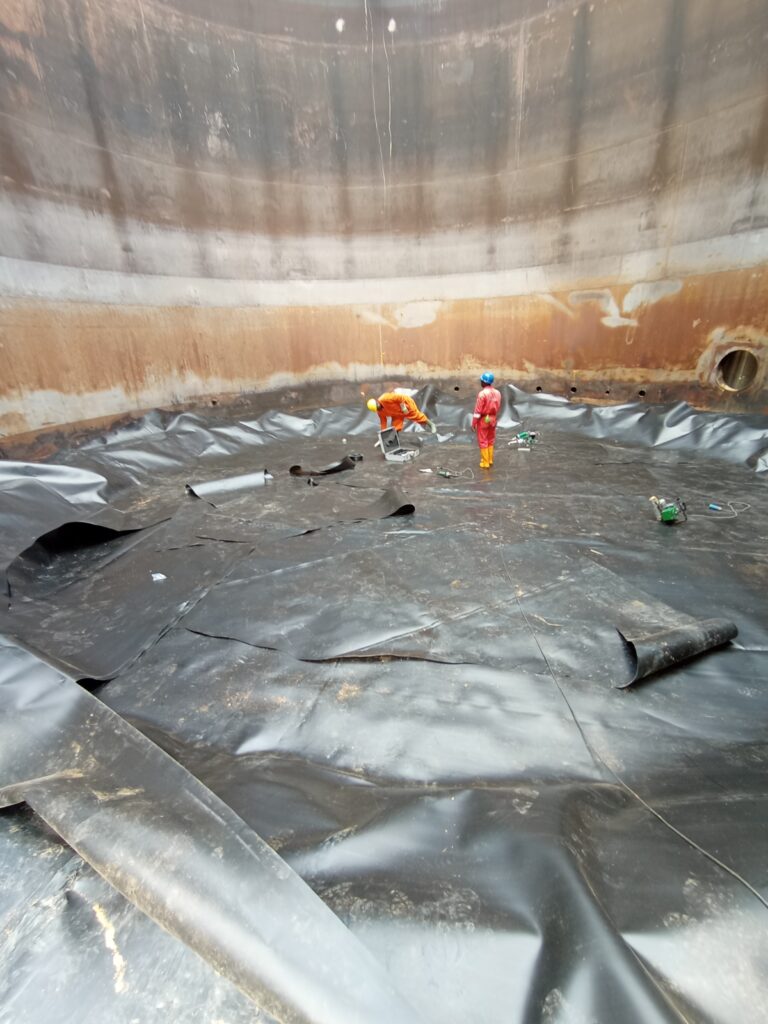
HDPE geomembrane is a versatile and durable material that is widely used in containment engineering to prevent the seepage and contamination of liquids and gases. It offers superior chemical resistance, flexibility, and weldability, making it ideal for a wide range of applications. If you are considering using HDPE geomembrane in your construction project, it is important to work with an experienced and qualified installer like our company A&T Geosynthetics to ensure a proper installation that will provide reliable and long-lasting performance.
Our contact details are below for easy access
